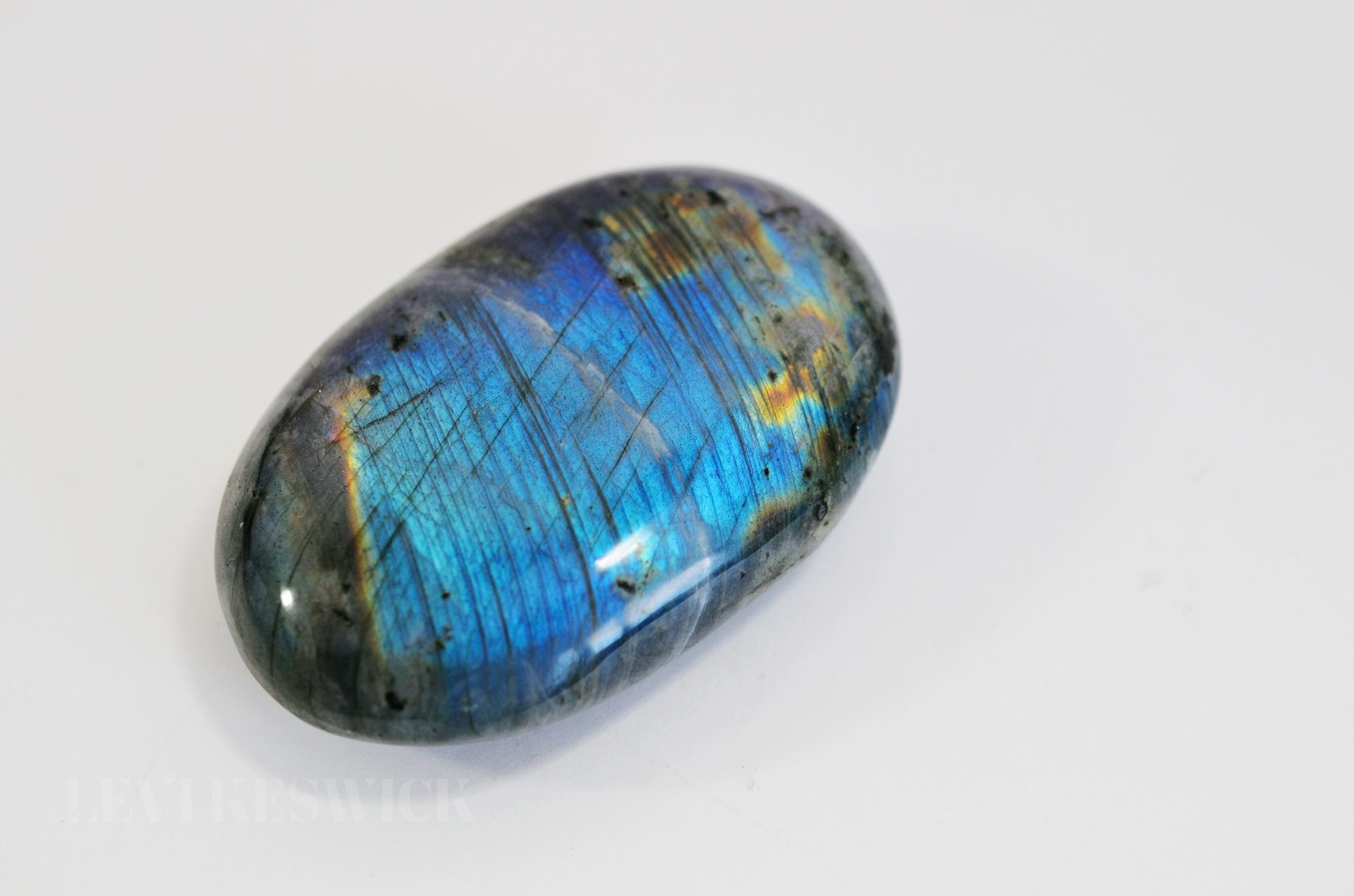Key takeaways:
- Determining how much is turquoise depends on multiple factors like cultural history, mining availability, regional formation conditions, and quality.
- Authentic Navajo Squash Blossom necklaces, rich in cultural heritage, are valued in thousands.
- The declining availability of natural turquoise has made it a coveted asset.
- Quality assessment is multifaceted, considering color, porosity, and matrix.
- Natural turquoise’s value surpasses gold in certain qualities.
A Gem Rooted in Cultural Tapestry
Turquoise isn’t just a stone; it’s a chapter from the chronicles of history. Its cultural significance is deeply embedded in tribal jewelry, especially with the Navajo tribe. The Squash Blossom Necklace, which emerged in the late 1800s, is not merely an accessory but a symbol of status and influence. This blend of artistry and historical relevance intensifies the stone’s value.
Turquoise Mining: A Tale of Diminishing Resources
“How much is turquoise?” is a question becoming harder to answer as natural turquoise becomes rarer. Notable mines like Cerillos in New Mexico have ceased turquoise extraction due to depletion. Add the escalating mining expenses to the equation, and the result is a mounting scarcity of this azure gem. Alas, to meet demands, the market is now saturated with altered imports, mostly from China. The high percentage of altered turquoise, which exceeds 90% globally, underscores its rarity.
Nature’s Alchemy: The Creation of Turquoise
Mother Nature crafts turquoise under very specific conditions. It requires arid environments, abundant in desert landscapes. Additionally, the presence of copper combined with host rocks rich in phosphorus and aluminum is vital. Given these stringent requirements, only a few global regions become the cradle for this blue-green wonder.
Measuring the Gem: Assessing Turquoise Quality
Understanding how much turquoise is worth requires a dive into its qualitative attributes:
1. Color’s Canvas: The brilliance of turquoise lies in its color. Premium quality turquoise shines in its vividness and clarity, while its inferior counterparts exude a more muted, cloudy hue.
2. The Porosity Factor: A hallmark of top-grade turquoise is its low porosity. Fewer pores translate to increased stability and resistance to color alterations. As an indicator, exceptional turquoise ranges between 5 and 6 on the Mohs Hardness Scale.
3. The Matrix Mystique: The birth of turquoise within host rocks sometimes results in the embedding of these rocks, leading to a matrix. Pristine turquoise remains matrix-free. However, the spiderweb matrix, characterized by a lattice design, stands second in the hierarchy of value.
The Price Tag of Turquoise: Varieties and Their Worth
So, how much is turquoise? The answer is multifaceted:
1. Standard Turquoise Cabochons: Mostly used in jewelry, their price hovers between $15 to $25 per gram.
2. The Elite Class: Turquoise that encapsulates clear color, low porosity, and zero matrix is a luxury, with prices skyrocketing from $1,500 to $25,000 per gram. Interestingly, gold lags behind at approximately $60 per gram. Blue Lander spiderweb turquoise also claims this elite spot due to its unique matrix and rarity.
3. The Raw Deal: Untreated, uncut turquoise, exuding its natural charm, is priced between $5 to $50 per gram.
4. Stabilized Stones: Beginning as low-grade turquoise and then enhanced for color and hardness, these pieces are priced between $15 to $125 per gram.
5. The Purple Hues: Purple or Mojave turquoise, a concoction of crushed turquoise and epoxy, then dyed, has a modest value of $0.50 per gram.
In Conclusion: Turquoise’s Timeless Allure
The pursuit to answer “how much is turquoise” goes beyond mere numbers. Its historical tapestry, natural allure, and declining availability render it priceless in the eyes of collectors and connoisseurs. As time advances, the allure of turquoise, real and unadulterated, will only intensify, making it a gem worth treasuring.








